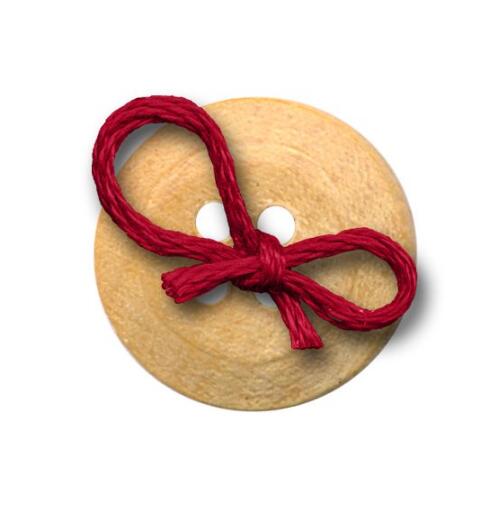The buttons look simple and are accessories for clothes, but before the buttons were invented in the thirteenth century, people’s clothes were tied with straps or coils.
At that time, buttons were just beginning to be used. Western nobles made custom buttons using gold, silver, copper, ivory and even gems. In general, civilians used cloth buttons wrapped in cloth. It is also very important to see the modification function.
An ordinary dress, adorned with uniquely designed buttons, can show a plain or noble taste. Buttons also have a viewing and storage function.
In the thirteenth and sixteenth centuries, people began to use cheap materials such as bones, wood, and brass. Military uniforms used copper, iron, and tin. The nobles also ordered buttons for rare precious metals.
Seventeen time began to popular cloth buttons and embroidery buttons.
The Industrial Revolution began in the eighteenth century, and metal buttons became popular due to mechanized production.
In the mid-nineteenth century, women's fashion began to use buttons. Japanese porcelain button is popular in Europe and America.
In the 1930s and 1940s, the use of synthetic materials, bakelite/cellul, began. In the fifties it invented new plastic materials.
During World War II, there was a lack of materials, and due to the practical use of cloth buttons, the noble metal buttons made it regained popularity.
1940-1950, shell buttons are commonly used. The demand for nylon, plastic, etc., which can be mass-produced for garments, has grown and is widely used. And because of the same trend of trends, nylon/plastic surged, but shells and other slow production, it is rarely used.
In the 1980s, plastics were used to produce exquisite and unique, inexpensive buttons, and plastics were greatly utilized.
Since the 1990s, there has been an increase in awareness. The use of buttons such as shells and fruits has increased dramatically.
Until now, the use of shells, fruit buttons, etc. in high fashion and men's wear is still a selling point.
Imitation shells, fruit buttons are also popular in the market, there are nylon buttons, resin buttons, urea buttons and so on.
The history and knowledge of buttons are rich.
Materials: everything;
Style: ever-changing
Process: each has its own merits
Price: Royal Miles
Now I have some common sense to share with everyone.
1/Size: The measure with the longest measure, indicating method unit: L, number (LIGNES), 1L=0.625mm 1mm=1/25 inch (INCH)
12L=7.5MM=5/16†13L=8MM=5/16†14L=9MM=11/32â€
15L=9.5MM=3/8" 16L=10MM=13/32" 17L=10.5MM=7/16"
18L=11.5MM=15/32†20L=12.5MM=1/2†......
2/Quantity Unit
PIECE PC.=1PC
Hit DOZEN D.=12 PCS
Luo GROSS G.=144 PCS
大罗GREAT GROSS GG.=1728PCS=12G
3/ Surface effect of buttons
a/ SS,SPECIAL (TOP)SHINY FINISHE extremely bright effect
b/ S, STANDARD SHINY FINISHED Normal General
c/SM, SEMI-MATTE FINISHED half-light effect
d/ M, DULL (MATTE) FINISHED dumb (fog) effect
f/ SD,SAND (DULL MATTE)FINISHED Frosted effect

Want to learn more about buttons: accessible
Special Industry Felt,Industrial Paper Felt,Transfer Printing Felt,High Temperature Resistant Paper Felt
Dongguan Yexing Paper Felt&Wire Co.,LTD , https://www.yexingfelt.com